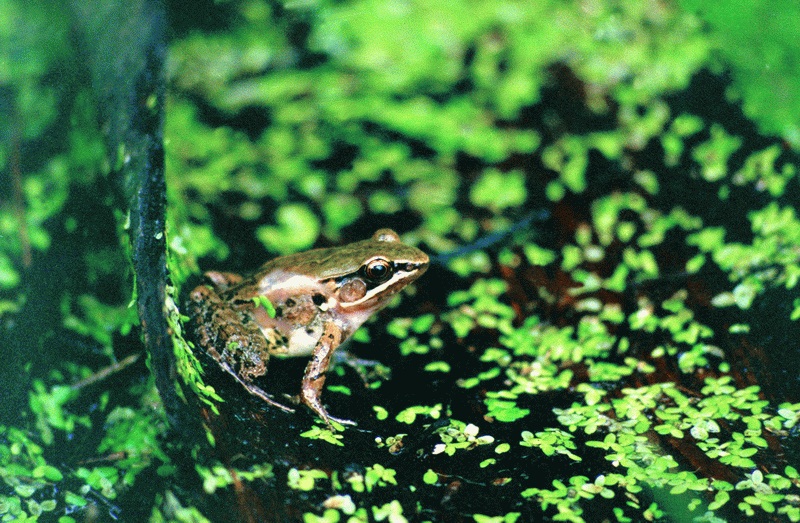成都生物所雄蛙的动态竞争策略及雌雄协同进化研究获进展

无论在商场、情场、还是战场,特别是竞争相对激烈而获胜机会微小之时,如何参与竞争,即选择什么样的竞争策略才能保证最大的收益,是认知神经科学的研究热点。
中国科学院成都生物研究所行为及其神经机理研究学科组利用峨眉仙琴蛙为动物模型对这个问题进行了系统研究,并得到了有趣的结论。
雄性竞争对繁殖成功而言是至关重要的,而竞争决策是对自身条件、竞争对手及外界环境等诸多因素进行综合评估的结果。
方光战博士提出如下假设:雄性能根据竞争因子如对手的数量(即竞争压力)和质量的变化而动态地优化竞争策略。野外研究发现:(1)雄蛙多在对手发声的间隔内鸣叫,尽量避免自身鸣叫与对手的叫声重叠,以迎合雌性对非重叠鸣叫(nonoverlapping call)的偏爱;(2)雄性能预测对手发声的起始时间,并领衔鸣叫(leADIng call)以阻击对手并吸引雌性,因为雌蛙更倾向领衔鸣叫;(3)当多个雄性参与竞争时,雄性维持与强者竞争的格局;当竞争对手变少时,则平均分配竞争资源而无视竞争者的强弱;(4)在自然状态下,雄性会分配约2/3的资源与强者竞争,这与约2/3的雌性偏爱强者是匹配的。以上结果表明雄性基于对手的数量和质量、以及雌性偏好调节其竞争策略。
该项工作为进一步研究行为决策和协同进化提供了重要基础。研究结果发表在Animal Cognition上。
原文摘要:
Male vocal competition is dynamic and strongly affected by social contexts in music frogs
Guangzhan Fang, Fan Jiang, Ping Yang, Jianguo Cui, Steven E. Brauth, Yezhong Tang
Male–male vocal competition in anuran species is critical for mating success; however, it is also highly time-consuming, energetically demanding and likely to increase predation risks. Thus, we hypothesized that changes in the social context would cause male vocal competition to change in real time in order to minimize the costs and maximize the benefits of competition. To test this hypothesis, we assessed the effect of repeating playbacks of either white noise (WN) or male advertisement calls on male call production in the Emei music frog (Babina daunchina), a species in which males build mud-retuse burrows and call from within these nests. Previous studies have shown that calls produced from inside burrows are highly sexually attractive (HSA) to females while those produced outside nests are of low sexual attractiveness (LSA). Results showed that most subjects called responsively after the end of WN playbacks but before the onset of conspecific call stimuli although call numbers were similar, indicating that while males adjusted competitive patterns according to the BioLogical significance of signals, their competitive motivation did not change. Furthermore, these data indicate that the frogs had evolved the ability of interval timing. Moreover, when the inter-stimulus interval (ISI) between playbacks was varied, the subjects preferentially competed with HSA calls when the ISI was short (<4 s) but responded equally to HSA and LSA calls if the ISI was long (≥4 s), suggesting that males allocate competitive efforts depending on both the perceived sexual attractiveness of rivals and the time available for calling. Notably, approximately two-thirds of male calls occurred in response to HSA calls, a preference rate comparable to that previously found for females in phonotaxis experiments and consistent with the idea that the mechanisms underlying both the male’s competitive responses to rivals and the female’s preferences toward potential mates coevolved under the same selective pressure.
作者:成都生物所

